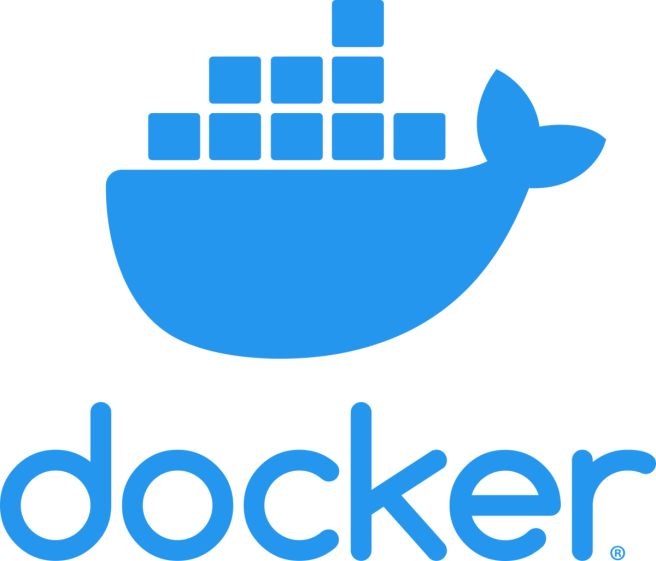Emacs, the extensible text editor that has been a cornerstone of the developer and programmer community for decades, is renowned for its flexibility and customization. Among its vast array of features and plugins, one stands out for its unparalleled ability to streamline tasks, manage information, and boost productivity – Org Mode.









